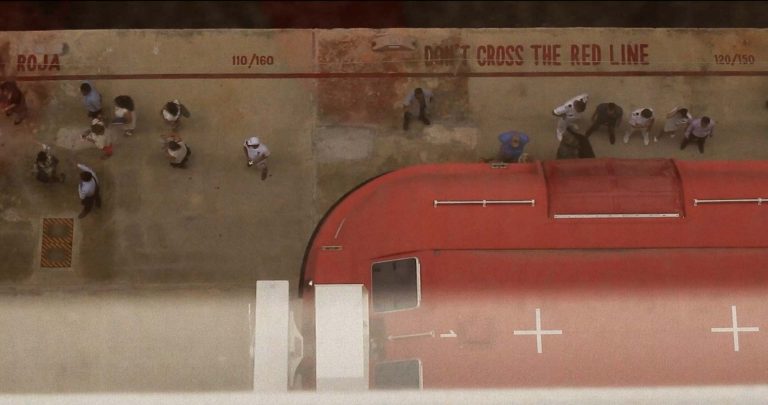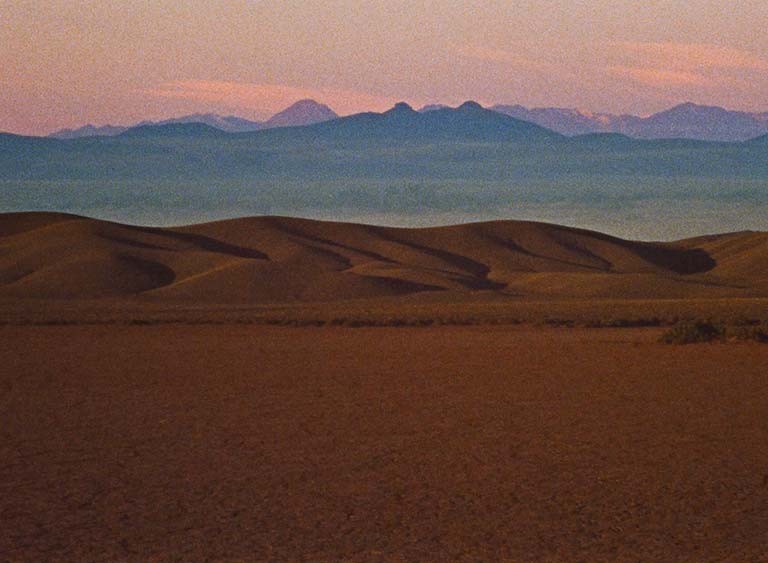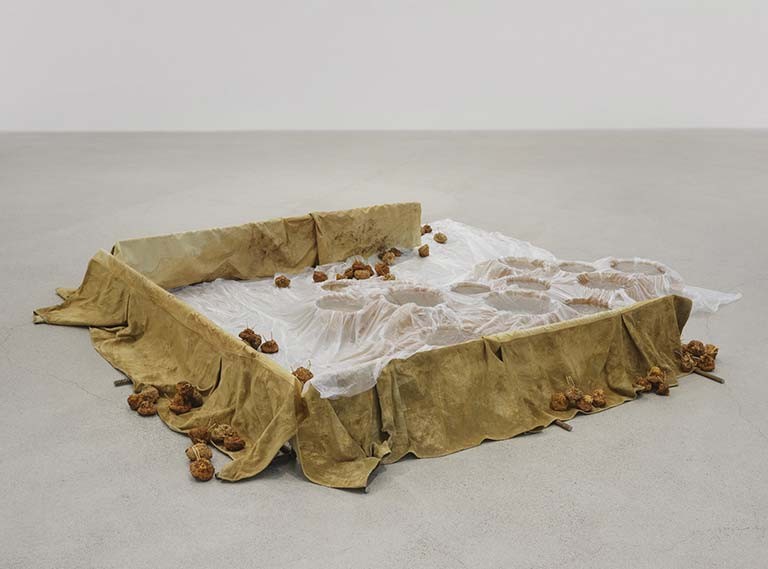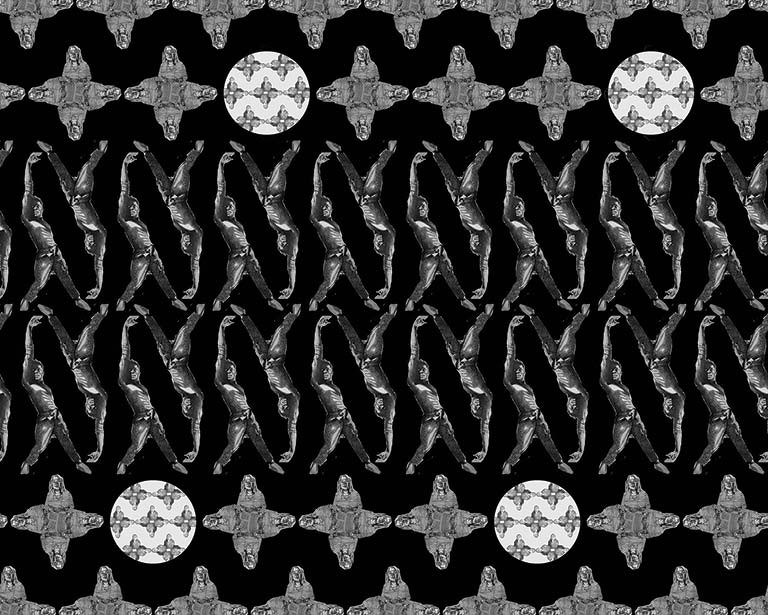The Leonard and Bina Ellen Art Gallery offers a new take on the end of time

What if the apocalypse isn’t a point in the distant future, but a series of events that are currently happening?
In the No Longer Not Yet is a new exhibition curated by Julia Eilers Smith opening at Concordia’s Leonard and Bina Ellen Art Gallery on February 5. It will explore this idea through experimental film and music, video animation, sculptures and installation.
“The exhibition is based around a post-apocalyptic theme, the ‘end of the world,’ but seeking to shift the popular discourse that frames it as a looming threat set in the future,” says Eilers Smith, Max Stern curator of research. “Instead, it approaches the apocalypse as one of many that have already happened and are still unfolding.”
 ALTIPLANO (film still), 2018, by Malena Szlam. | Image courtesy of the artist
ALTIPLANO (film still), 2018, by Malena Szlam. | Image courtesy of the artist
Michèle Thériault, director of the Ellen Gallery, believes the exhibition will add an essential perspective on real world events.
"We’re a research unit in the university and as such we address current concerns and issues in society through artistic and curatorial practice,” she notes.
“In the No Longer Not Yet does just that in its investigation of the notion of the apocalypse, thus providing for students, faculty and other Concordians another learning experience that transcends classroom-based methodologies. In this way, the gallery contributes to further developing their critical skills."
The exhibition features new and existing works by six Montreal and Canadian contemporary artists. It shifts the focus away from familiar understandings of the apocalypse as a planetary extinction or a biblical event.
Instead, it engages with the idea of “enforced apocalypses,” as described by Queen Mary University of London professor Kathryn Yusoff — the ignored histories and geographies that have been heavily influenced by the violent racial structures of colonialism and capitalism.
 Stomach, 2019, by Rochelle Goldberg. | Image: Rachel Topham Photography. Courtesy Catriona Jeffries, Vancouver
Stomach, 2019, by Rochelle Goldberg. | Image: Rachel Topham Photography. Courtesy Catriona Jeffries, Vancouver
Processes of collapse and transformation
The works of artists Miryam Charles, James Nicholas Dumile Goddard, Rochelle Goldberg, Fallon Simard, Malena Szlam and Syrus Marcus Ware aim to reveal the effects and harms of those structures and offer responses to them, Eilers Smith explains.
They consider how different types of endings ultimately take shape and what effect they have on our world and lives at both the individual and global level.
“The exhibition’s larger themes resonate with critical discourses on the Anthropocene, as well as recent scholarship emerging out of science and environmental studies, critical race and postcolonial theory, social justice philosophy and geography,” she says.
 Activist Wallpaper Series #3 (detail), 2020, by Syrus Marcus Ware. | Image courtesy of the artist
Activist Wallpaper Series #3 (detail), 2020, by Syrus Marcus Ware. | Image courtesy of the artist
The idea for the exhibition came to Eilers Smith when she was researching art practices that challenge collective understandings of the apocalypse and expose under-acknowledged struggles and stories.
“The six artists all look at processes of collapse and transformation and, in different ways, consider moments in the aftermath of a breakdown,” she says. Approaches include using digital effects like colour distortion and filtering; film’s chemical processes; material decomposition or fragmented and multi-layered narratives.
Eilers Smith chose to work with local artists to be able to discuss the theme and exhibition possibilities. “This process was fruitful, as it led in part to new commissions of work,” she says.
In the No Longer Not Yet is the curator’s first exhibition at the Ellen Gallery. She has previously organized two projects at its SIGHTINGS satellite exhibition cube. The second, right here right now by Montreal artist karen elaine spencer, is currently on view.
Check out In the No Longer Not Yet at Concordia’s Leonard and Bina Ellen Art Gallery from February 5 to April 4.
The exhibition opening will take place Wednesday, February 5, from 5:30-7:30pm. All are welcome to attend.


